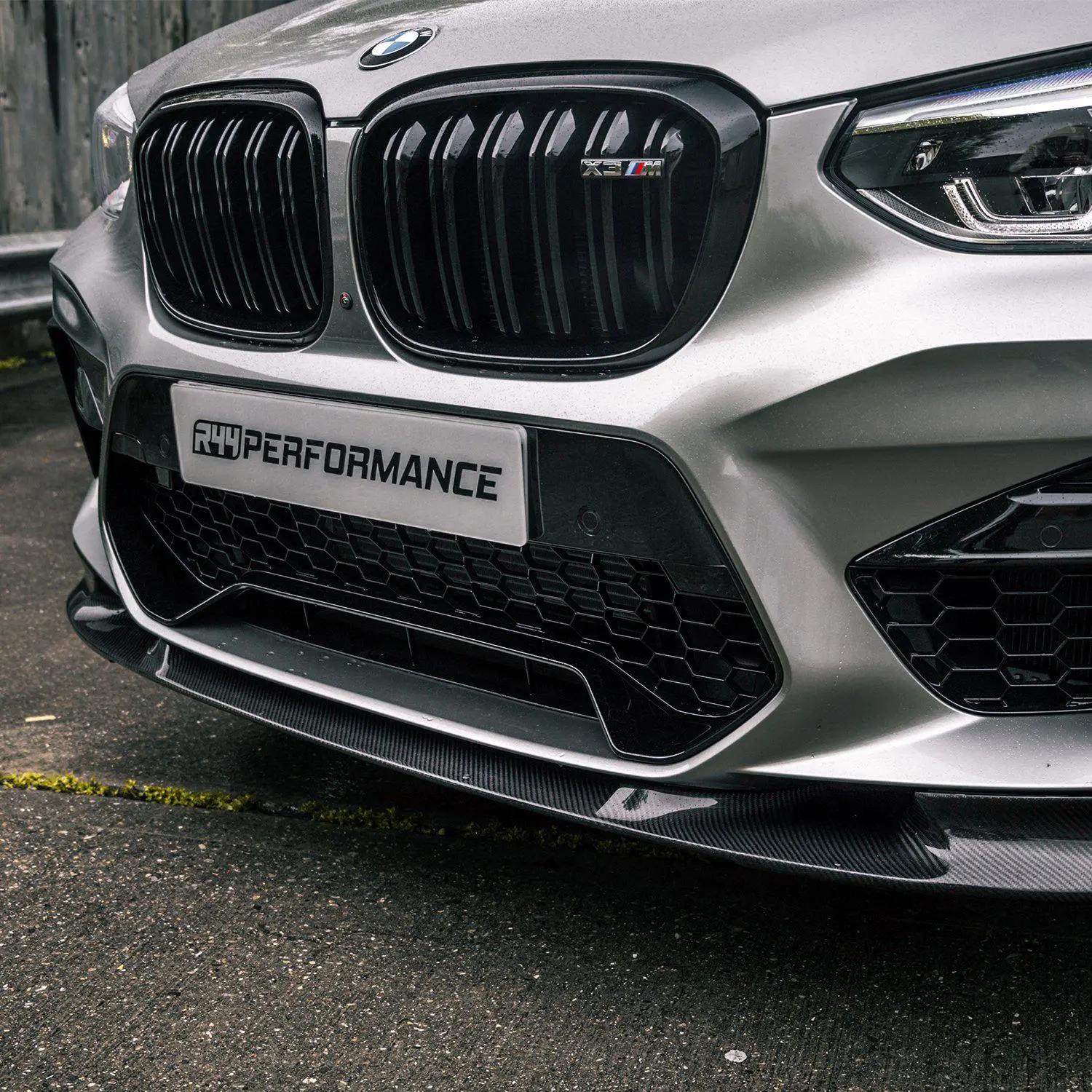How to Fit an Aftermarket Front Splitter
Thinking of installing a front splitter? Our step-by-step guide covers tools, tips, and fitting instructions to help UK car enthusiasts achieve a proper fit at home.
A front splitter is one of the most popular styling and performance modifications for car enthusiasts. Not only does it give your vehicle a more aggressive, motorsport-inspired look, but can also improves aerodynamics by reducing front-end lift at speed. Whether you’re preparing for track days or just want a meaner stance, a front splitter is a great upgrade, if it’s fitted correctly.
Here’s how to do it yourself.
What You’ll Need
Before you start, gather the following tools and materials:
Tools:
- Jack and axle stands (or ramps)
- Electric drill with drill bits
- Screwdriver or impact driver
- Tape measure
- Masking tape or painter’s tape
- Marker pen or pencil
- Socket set or spanner
- Safety glasses and gloves
Materials:
- Front splitter (make/model specific or universal)
- Fitting kit (usually includes screws, bolts, brackets, and washers)
- Self-tapping screws or rivet nuts (if not included)
Optional: sealant or rubber edging for a cleaner finish
Step-by-Step Installation Guide
- Prepare the Vehicle- Park on a flat surface, engage the handbrake, and raise the front of the car using a jack and secure it with axle stands. Make sure you have enough clearance to work comfortably underneath the bumper. Another option would be to use home ramps and chocks as they may give you more clearance and room to work.
- Test Fit the Splitter- Hold the splitter up to the bumper to check alignment. This helps you visualise how it will sit and where mounting points should go. Use masking tape to temporarily hold it in place.
- Mark Mounting Points- Use a marker or pencil to mark where the holes need to be drilled. Take your time to ensure the splitter is centred and level—measure from each side to keep it symmetrical. Marking your holes on masking tape can avoid the paint cracking underneath.
- Drill Holes- Remove the splitter, then carefully drill pilot holes in the bumper where you have marked. Use an appropriate drill bit size based on the hardware supplied. Always wear safety glasses during this step.
- Attach the Splitter- With the splitter in position, begin securing it with the provided screws or bolts. Start from the centre and work your way outwards. Use a washer with each fixing for added strength. If you’re using a bracketed system, secure brackets to both the splitter and bumper before tightening everything.
- Check for Movement- Once everything is fastened, gently pull and push the splitter to check for any looseness. Reinforce with additional fixings if necessary. Some people also use 3M tape or sealant for added support.
- Lower the Vehicle- Lower your car and admire your work. Take it for a slow drive and listen for any rattles or movement. Tighten any loose fastenings after a short run.
Extra Tips
- Avoid Kerbs when parking with your new splitter, they are your enemy.
- If your splitter includes support rods, install them after the splitter is secured to ensure correct angle and tension.
- Use a rubber trim or edge seal to give your install a cleaner finish and prevent scraping.
- Always check clearance before and after fitting—especially on lowered vehicles.
Conclusion
Fitting a front splitter is a great mod that improves both the look and performance of your car. With the right tools and a careful approach, you can achieve a secure and professional result at home.
Feel free to drop us an email at sales@modcentraluk.com or message us directly on Instagram if you have any questions. We also have many companies up and down the country on our service finder who offer professional fitting for splitters.

